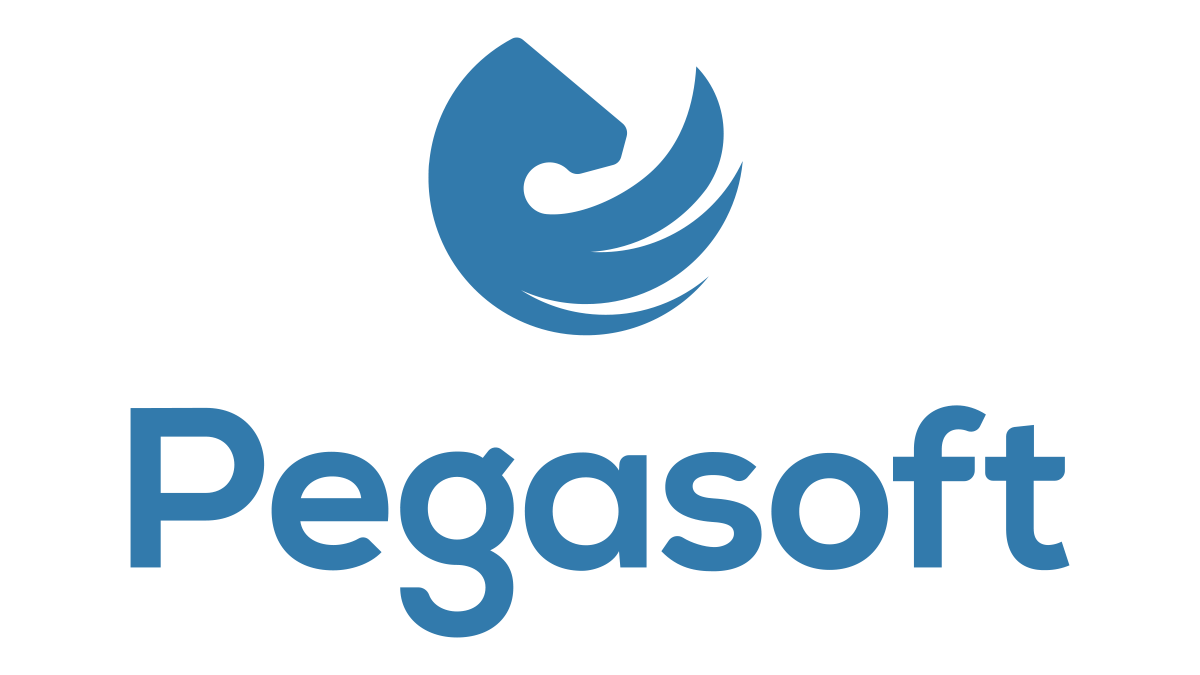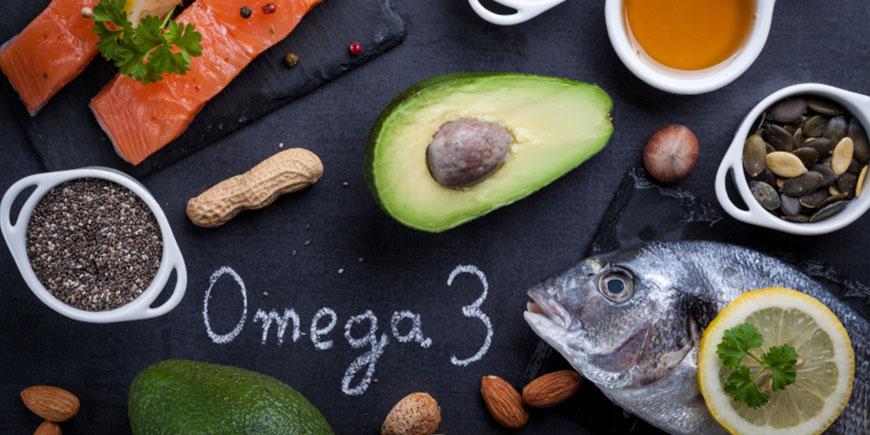Dietary fatty acids improve perceived sleep quality, stress, and health in migraine: a secondary analysis of a randomized controlled trial.
Fatty acids and migraine, are they linked?
A study has shown that a diet rich in omega-3 fatty acids can reduce the intensity and frequency of migraines, as well as the need for painkillers.
What is a migraine headache?
Migraine is a prevalent disabling condition often associated with comorbid physical and psychological symptoms that contribute to impaired quality of life and disability. More than 4 million people worldwide suffer from this condition.
Physical and psychological symptoms of comorbidity include stress, altered health perception, insomnia, anxiety and depression.
Many treatment strategies improve the frequency and/or duration of attacks, but are generally associated with side effects that have a negative impact on quality of life. Therefore, when evaluating the effectiveness of therapy for headache, it is important to consider all associated symptoms.

Studies suggest that increasing dietary omega-3 fatty acid is associated with headache reduction. In particular, recent studies have shown that it is important to focus on the quality of fat intake rather than the total amount of fat.
Accumulating evidence suggests that the reduction of omega-6 polyunsaturated fatty acids (PUFA), particularly linoleic acid (LA), leads to a decrease in circulating levels of lipid mediators with pro-nociceptive (pain-promoting) properties.
Conversely, increasing the omega-3 fatty acids eicosapentaenoic acid (EPA) and docosahexaenoic acid (DHA) increases circulating lipid mediators with anti-nociceptive (pain-relieving) functions. These lipid mediators are called oxylipins and include prostaglandins, leukotrienes, resolvins and maresins.
Increasing omega-3 fatty acids in the diet is associated with a reduction in headache. Dietary therapy may therefore be a valid strategy.
The study
A diet rich in fatty fish may reduce the intensity and frequency of migraine headaches. This is according to researchers from the National Institute on Aging (NIA), the National Institute on Alcohol Abuse and Alcoholism (NIAAA) and the University of North Carolina (UNC).
The study, published in The BMJ, involved 182 people (88% women, average age 38 years) with migraine headaches on 5 to 20 days a month. It extends the same team’s previous work on linolenic acid’s effects on chronic pain. The results of the previous study suggested how a diet low in linolenic acid and high in omega-3 fatty acids could reduce inflammation in the tissues and pain processing pathways associated with trigeminal nerve migraine.
In the current study, participants were given a diet that included fish, vegetables, salads and breakfast foods and were randomly assigned to one of the following 3 dietary plans:
- H3L6, high in Omega-3 and low in Omega-6, i.e. with high in oily fish and low in linoleic acid;
- H3, high in Omega-3 and medium in Omega-6, i.e. with generous amounts of both oily fish and linoleic acid;
- Control diet, with average intake of both Omega-3 and Omega-6 fatty acids.
During the study, the researchers also monitored the number of days, the duration and the intensity of the migraine headaches (PROMIS© analysis). But they also evaluated measures in each patient’s daily diary relating to perceived stress, sleeping quality and perceived health. The Migraine Disability Assessment Score (MIDAS), a specific questionnaire that assesses the potential impact of headaches on work and social functioning and the need for pain medication, was also included.
Results
The H3L6 diet was associated with significant improvements in stress perception, sleep quality, and perceived health. It also reduced total headache hours per day and total headache days per month by 30-40% compared with control.

Similarly, the H3 diet was associated with significant improvements in stress perception, sleep quality, and perceived health compared to the control.
MIDAS scores improved substantially in the intervention groups compared with the control. Among the PROMIS© assessments, the biggest impact was on pain interference and pain intensity.
Conclusions and clinical relevance
«This research – ha affermato Luigi Ferrucci, scientific director of the NIA – has provided interesting evidence that dietary changes have the potential to improve a very debilitating chronic pain condition such as migraine, without the associated negative aspects of medication».
Chris Ramsden, the co-ordinator of the study, added: «TThis is further evidence that the foods we eat can have an impact on the pathways that cause pain.».
The researchers hope to extend this work to investigate the effects of the diet on other chronic pain conditions.


